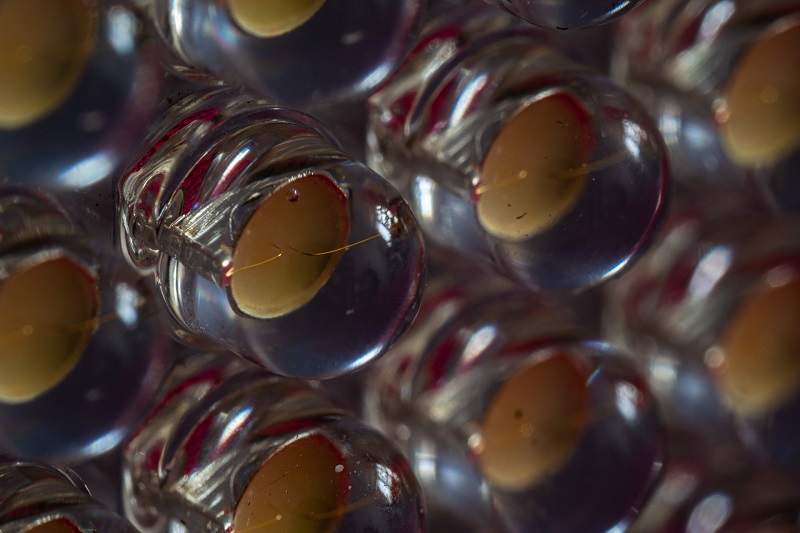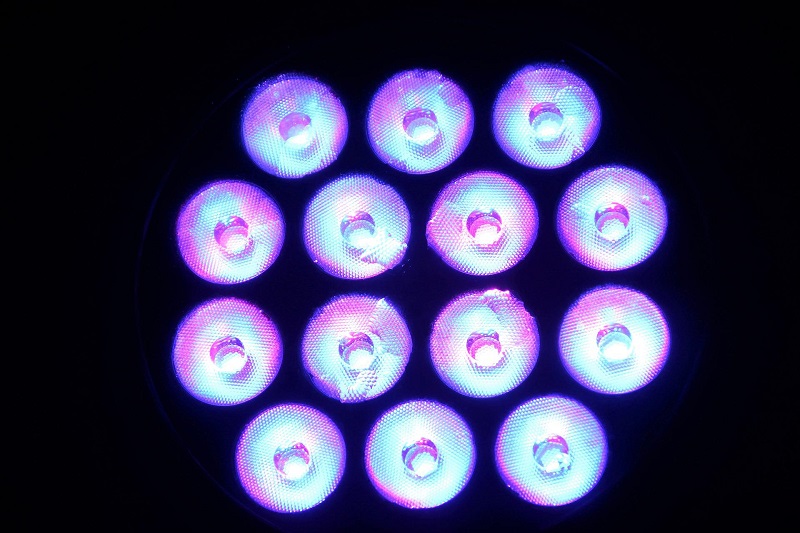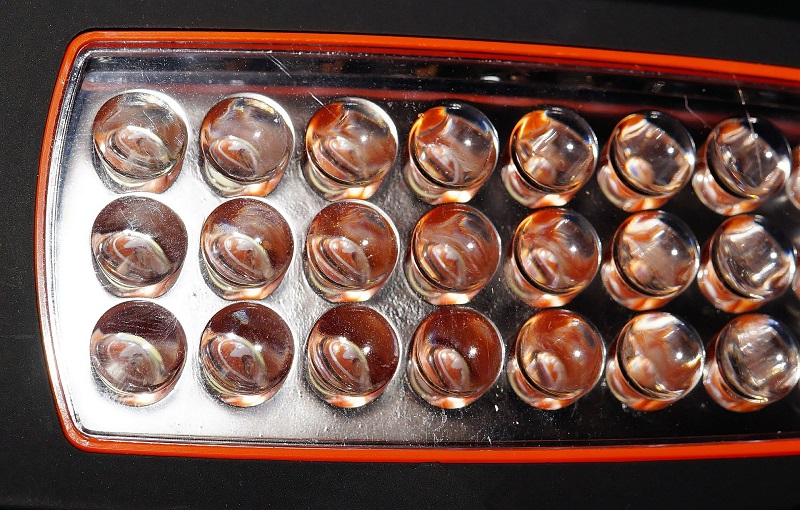LED diodes are used for many things, but they only have one function. What LED diodes are used for depends on what the end-user needs them to do. But knowing what a diode is can help us understand its uses. What LED diodes are used for all depends on the need and the problem that LED diodes solve for businesses and consumers.
What LED Diodes are Used for?
The best place to start is with an LED light. An LED light is a panel of these things known as diodes. The diodes emit light in a particular way which is amplified by the housing unit. For example, you can have a panel of LED diodes that will function, but light will just spill everywhere.
The fixture the diodes are housed in will help narrow and direct the light. You can take apart an LED bulb, a typical household LED bulb, and you will find diodes. In fact, most common LED bulbs have 18 diodes inside each emitting light. But what are they?
What are LEDs?
We now know that LED bulbs are simply housing units for diodes, but what is a diode? Let’s take a look at a traditional incandescent bulb. An incandescent bulb operates by applying electricity to two separate prongs that hold up a tungsten filament. The filament heats up and becomes burning hot to a point where it emits light without burning up completely.
LED stands for Light-emitting Diode, but there are multiple diodes in one LED bulb. A diode is a semiconductor that uses a P-type semiconductor with an N-type semiconductor. Applying energy to these semiconductors causes the electrons and holes to recombine, which releases energy. That energy is visible by the naked eye in the form of light.
Difference Between Incandescent and LED
There are many differences between LEDs and incandescent bulbs. However, the most important one is how they operate. What LED diodes are used for is easier to understand when you know this fundamental difference. LEDs use electricity to get light, a more direct path.
Incandescents use electricity to create energy that is turned into heat and essentially fire to produce light. The benefits of skipping the heat and fire are that you don’t waste energy, there’s no heat created, and there is no filament that can break. Ultimately, LEDs are better for all of those reasons and their side effects of them, like less money spent on energy.
LED Uses
Diodes are semiconductors used to make light. The small form of the diodes allows for plenty of customization options, especially for housing. In fact, you can clearly see the lights when you look at a flashlight or LED light strip. It is a tiny little square that is the size of your fingertip and is usually yellowish in color.
People can use the different forms of LED lighting to create signage, fill a room with light, and even make televisions. There are just so many possibilities with diodes that can make a difference for us all.




